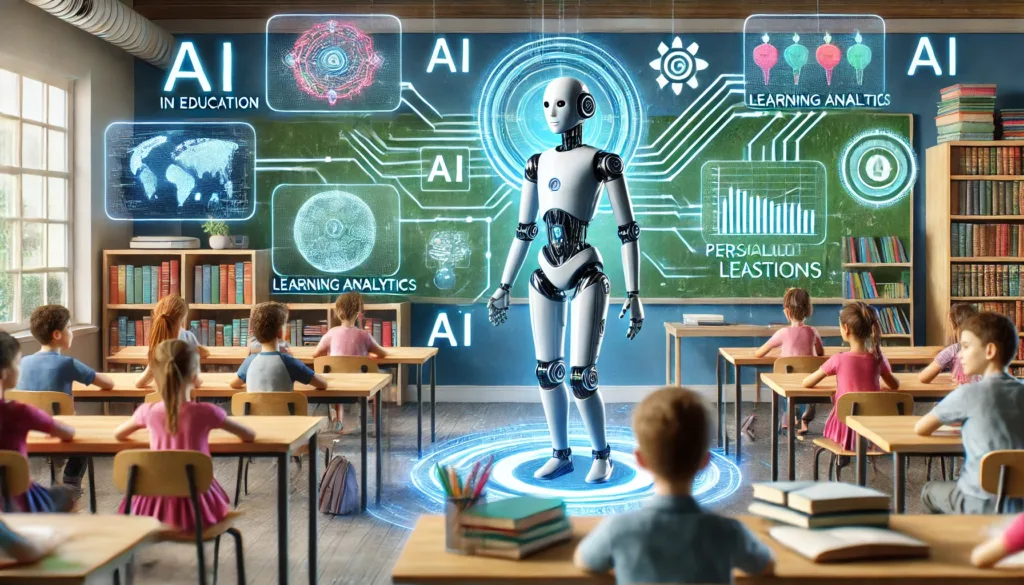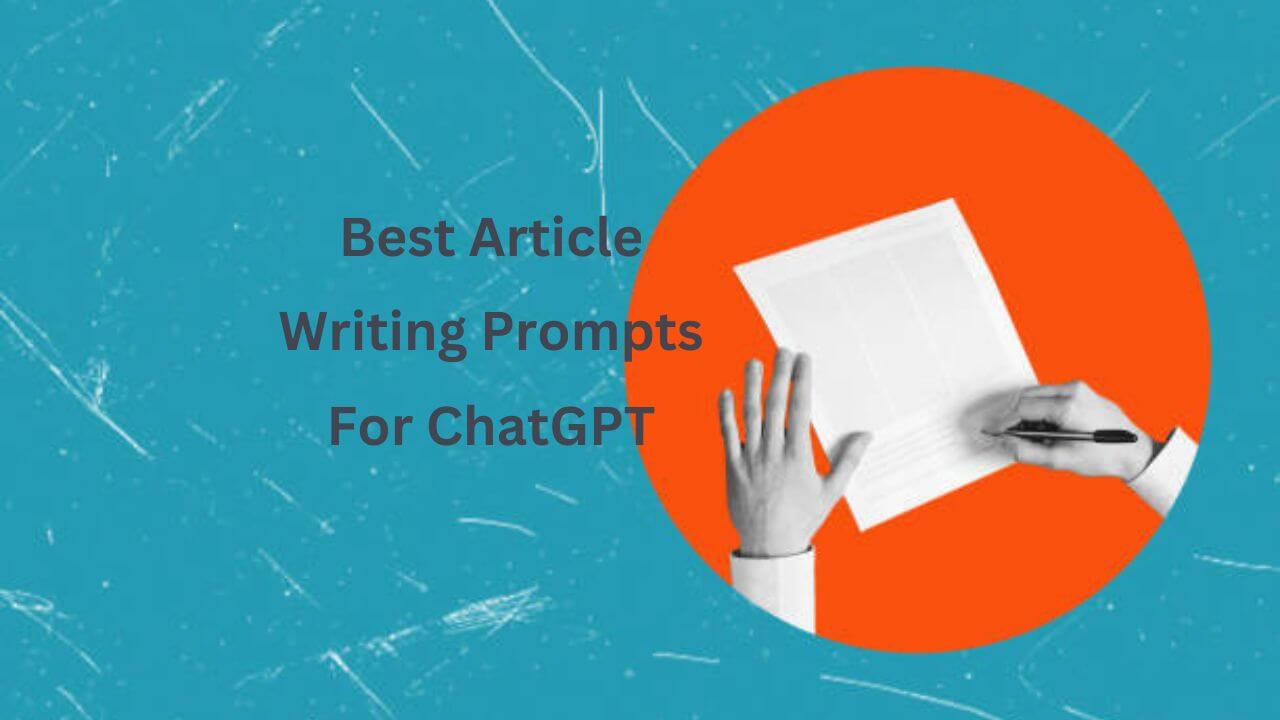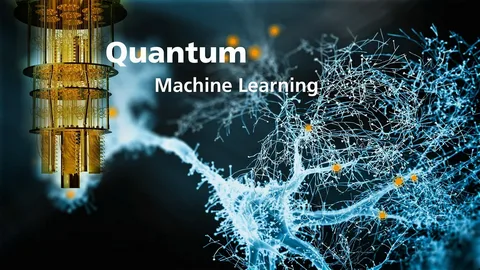
Artificial Intelligence (AI) is not most effective a buzzword—it’s remodeling industries, and education is no exception. From growing personalized gaining knowledge of experiences to automating administrative responsibilities, AI in training gives first-rate opportunities. However, as with all generation, it comes with its challenges. This article delves deep into the ten pros and cons of AI in education sector, presenting insights to help you recognize its capability advantages of AI in education and drawbacks.
If you’re an educator, policymaker, or scholar curious approximately how AI influences training, this “10- Pros and Cons of AI in Education Sector” distinctive guide is for you.
What is AI in Education?
AI in education refers to the software of superior technologies including system getting to know, natural language processing, and statistics analytics to improve the teaching and studying method. These technologies automate repetitive responsibilities, provide customized mastering experiences, and provide real-time remarks.
For instance, platforms like Khan Academy use AI to evolve classes to person scholar needs, at the same time as equipment like Turnitin assist automate grading and plagiarism tests. By combining efficiency with accessibility, AI technology has revolutionized the conventional study room experience.
The Connection Between AI in Education and Quantum Machine Learning
As AI continues to convert schooling, a brand new frontier known as Quantum Machine Learning is rising, which could in addition revolutionize the way we educate and analyze. Quantum machine getting to know combines the energy of quantum computing with AI, making it possible to system and examine widespread quantities of information at unparalleled speeds. In training, this could mean even greater personalized gaining knowledge of studies, faster grading systems, and extraordinarily accurate predictive analytics to pick out student needs. While AI in its modern form has already made considerable strides, the integration of quantum device studying holds the capacity to unencumber possibilities we’re just beginning to believe, paving the manner for smarter and extra green academic structures.
Benefits of AI in Education
The blessings of AI in education are reshaping school rooms and learning environments global. Let’s discover the advantages of this revolutionary technology in element:
Pros and Cons of AI in Education Sector Essay
Writing a pros and cons of AI in education sector essay can provide valuable perspectives on the topic. Begin by outlining AI’s role in education, delve into its benefits and challenges, and conclude with suggestions for balanced implementation.
The Pros of AI in Education
1. Personalized Learning
AI adapts to individual learning styles and paces, ensuring a tailored educational experience. Tools like Duolingo adjust difficulty levels based on a student’s progress, offering a personalized curriculum.
For instance, students struggling with math can receive extra practice problems while advanced learners tackle more challenging concepts, ensuring no one is left behind.
2. Automates Administrative Tasks
Administrative work often consumes a full-size part of teachers’ time, leaving them much less room to consciousness on students. AI tools streamline obligations like grading, attendance monitoring, and time table management.
For example, AI grading software program can compare essays or quizzes within seconds, ensuring consistent and independent outcomes. Tools like Grammarly in addition help in supplying comments, enhancing efficiency throughout the board. By automating these repetitive responsibilities, instructors can commit extra time to lesson planning and direct scholar interplay.
3. Enhancing Accessibility for Special Needs Students
One of the standout benefits of AI in education is its position in selling inclusivity. AI-powered equipment together with text-to-speech software and voice recognition systems help students with disabilities access education.
For instance, visually impaired college students can use display readers, whilst students with constrained mobility can depend upon voice commands to finish responsibilities. Applications like Nuance Dragon and speech-to-text gear have transformed how unique desires students have interaction with academic content.
4. Real-Time Feedback for Continuous Improvement
AI systems like Quizlet provide instant feedback on assignments and quizzes, helping students understand mistakes and improve immediately.
This feature ensures continuous learning and eliminates the waiting period associated with traditional grading.
5. Breaking Geographical Barriers
AI-powered platforms like Google Classroom and Zoom make education accessible to students in remote areas. These tools ensure that geographical location no longer limits access to quality learning resources.
For instance, a student in a rural village can attend lectures from top universities or participate in global classroom discussions. This capability bridges the gap between urban and rural education, fostering equal opportunities.
6. Gamified Learning Increases Engagement
Gamification and interactive learning tools, powered by AI, make education exciting. Tools like Kahoot! incorporate quizzes, challenges, and leaderboards, keeping students motivated and engaged.
For example, a science teacher introduced a gamified quiz to review topics, and student participation doubled. This approach makes learning enjoyable, improving knowledge retention significantly.
7. Cost-Effective Learning Solutions
While implementing AI might seem expensive initially, it proves cost-effective in the long run. By automating tasks and reducing reliance on human resources for tutoring or administrative duties, schools can save operational costs.
Virtual tutors, for example, can handle repetitive teaching tasks, allowing institutions to allocate resources more efficiently.
8. Enhanced Data Analysis for Better Decisions
AI-powered analytics tools provide insight into student performance. Educators can perceive struggling college students early and regulate lesson plans to address their needs.
Platforms like Google Classroom offer dashboards to track performance and engagement metrics.
This proactive approach helps teachers intervene before students fall behind, improving outcomes.
9. 24/7 Availability of Learning Resources
Unlike conventional school rooms, AI-powered equipment are handy whenever, anywhere. Whether it’s late at night time or early morning, college students can log in to their digital gaining knowledge of structures and hold their studies.
This feature is particularly beneficial for running college students or those balancing other commitments, allowing them to examine at their personal pace.
10. Prepares Students for Future Careers
Exposing college students to AI technologies prepares them for careers in an increasingly more computerized international. Skills like coding, statistics analysis, and AI integration are essential for destiny process markets.
Institutions the use of AI-based curricula ensure their students are equipped to thrive in tech-driven industries.
Challenges of AI in Education
In this article “10- Pros and Cons of AI in Education Sector” we mentioned the benefits of AI in education are impressive, several challenges must be addressed for its effective implementation.
The Cons of AI in Education
1. Data Privacy Concerns
AI systems require extensive data to function effectively, including sensitive student information like grades and behavioral records. Without strong information safety measures, there’s a danger of breaches and misuse.
For instance, a school database breach should divulge college students’ non-public information to unauthorized events. Educational institutions must prioritize cybersecurity and observe regulations like GDPR.
For insights on safeguarding student data, take a look at cybersecurity best practices.
2. High Implementation Costs
Setting up AI infrastructure involves significant costs, from purchasing software and hardware to training staff. These expenses can create a financial strain, particularly for underfunded schools.
This disparity risks widening the gap between prosperous and struggling establishments, exacerbating instructional inequality.
3. Over-Reliance on Technology
Excessive dependence on AI tools can restrict creativity and critical questioning. If college students depend too much on era for answers, they’ll conflict to resolve issues independently.
Educators have to strike stability between conventional teaching strategies and generation-driven learning.
4. Lack of Human Interaction / Lack of Emotional Intelligence
One vast downside of AI in education is its lack of ability to provide empathy or emotional aid. Unlike human instructors, AI structures cannot understand a student’s frustration or have a good time their successes.
For instance, a struggling student might prefer encouragement from a teacher rather than a generic AI-generated response.
5. Bias in AI Algorithms
AI systems are only as precise as the data they’re educated on. If these records carry biases, the system can also perpetuate inequalities, which include favoring sure demographics over others.
To prevent such issues, builders have to prioritize transparency and equity in algorithm layout.
Addressing algorithmic bias is crucial to ensure fairness in education.
6. Technical Glitches
Like any generation, AI systems are at risk of malfunctions. A device crash in the course of an examination or a glitch in grading software can disrupt the learning technique and cause frustration.
Reliable backups and IT support are important for minimizing disruptions.
7. Ethical Concerns
The use of AI in education raises moral questions about responsibility, transparency, and the position of technology in decision-making. For instance, who’s responsible if an AI-powered grading system makes a mistake?
Educational establishments must establish clear rules to cope with these moral dilemmas.
8. Job Displacement
As AI automates duties like grading and scheduling, there’s a hazard of job losses in administrative and teaching roles. However, specialists argue that AI has to augment rather than update human roles in schooling.
9. Limited Access for Underfunded Schools
Not all schools can afford the benefits of AI technology, leading to unequal access. Wealthy institutions may offer cutting-edge tools, while others lag behind, widening educational inequality.
10. Lack of Creativity
While AI tools excel at processing information, they cannot reflect the creativity and innovation that human teachers convey. Students may additionally pass over out on dynamic, notion-frightening instructions.
Conclusion: Balancing AI and Human Interaction
In this article “10- Pros and Cons of AI in Education Sector” is simply a transformative pressure, supplying revolutionary answers to decorate learning and education. However, it’s not a one-length-suits-all answer
Addressing demanding situations like facts privacy, excessive expenses, and ethical concerns is crucial to make sure its responsible use.
By combining the strengths of AI with the empathy and creativity of human educators, we are able to create an academic device this is both powerful and inclusive.


